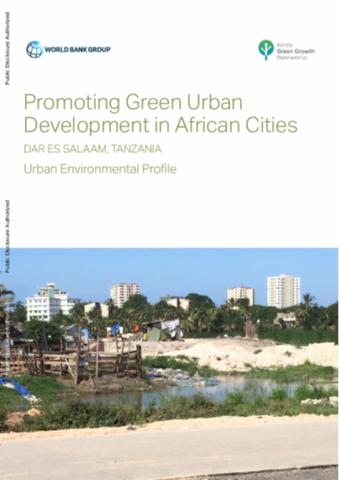Resource information
The city of Dar es Salaam, Tanzania has undergone a period of unprecedented urbanization that has contributed to the degradation of the city’s natural environment. With a growth rate above or near 5% for the past three decades, it is the fastest growing city in East Africa. The arrival of thousands of in-migrants year after year has overwhelmed the city’s ability to deliver adequate public services, housing and jobs. Unplanned, densely populated informal settlements that lack basic water, sewer, and waste services now cover much of the city’s land area. At the same time, climate change is placing further strains on the city’s ability to manage the urban environment. The projected rise in temperature, coupled with an increase in precipitation, could have wide-ranging impacts. A projected increase in the intensity of rainfall will result in storm runoff that exceeds the capacity of the city’s infrastructure, causing flooding and the spread of pollution, of particular concern for low-lying informal settlements. Such conditions have degraded the quality of the city’s natural environment and the vital ecosystem services that they provide. the study of urban environmental issues with the advancement of more sustainable urban growth. The Urban Environmental Profile for Dar es Salaam has been prepared as the first component of the assignment “Promoting Green Urban Development in Africa: Enhancing the Relationship Between Urbanization, Environmental Assets and Ecosystem Services,” a project being conducted under the leadership of the World Bank. The Profile summarizes the existing quality of the wetlands and other aquatic and terrestrial environmental assets, and identifies the key drivers of their environmental vulnerability, and the main institutional challenges and constraints.


